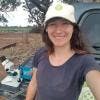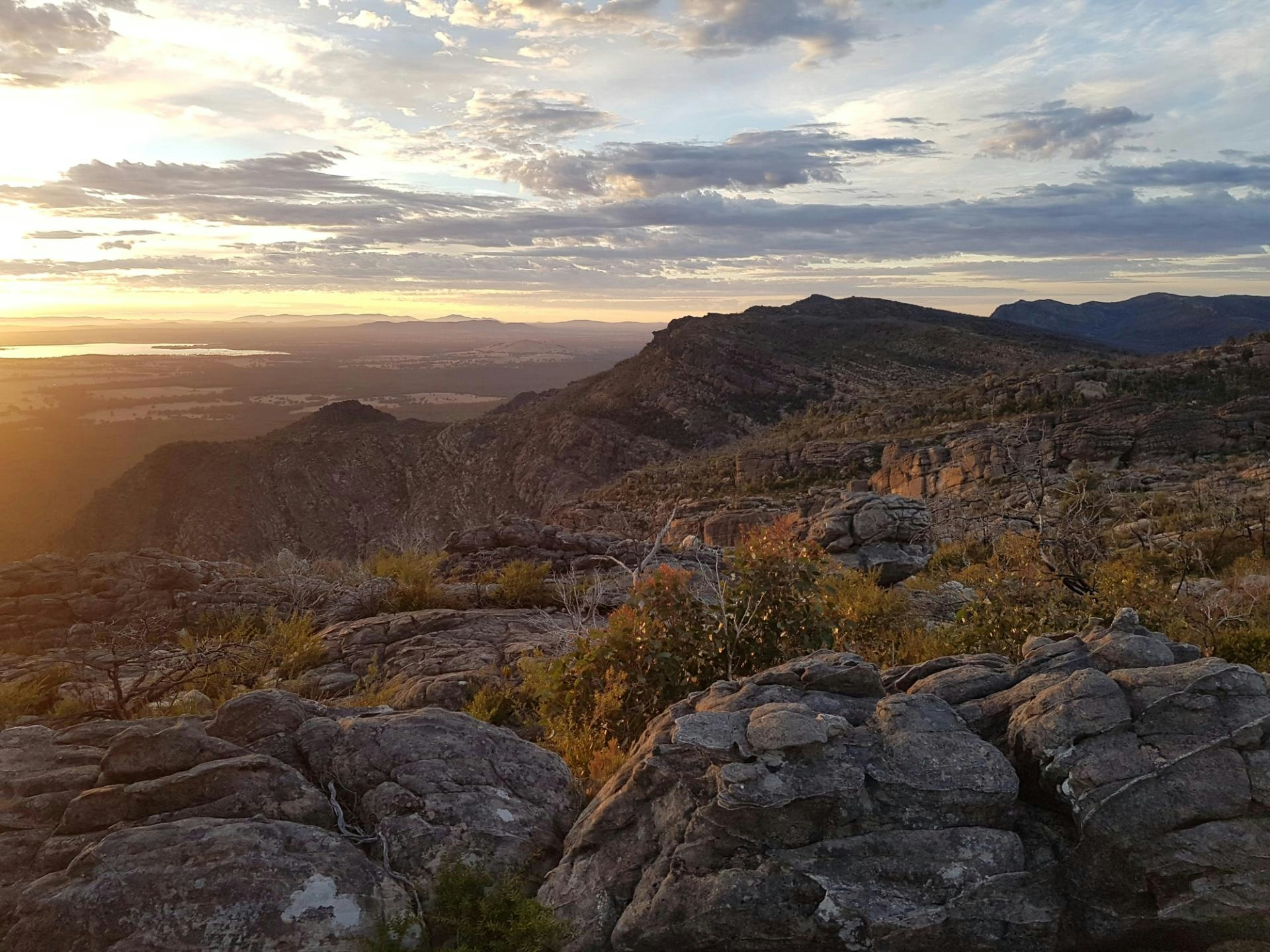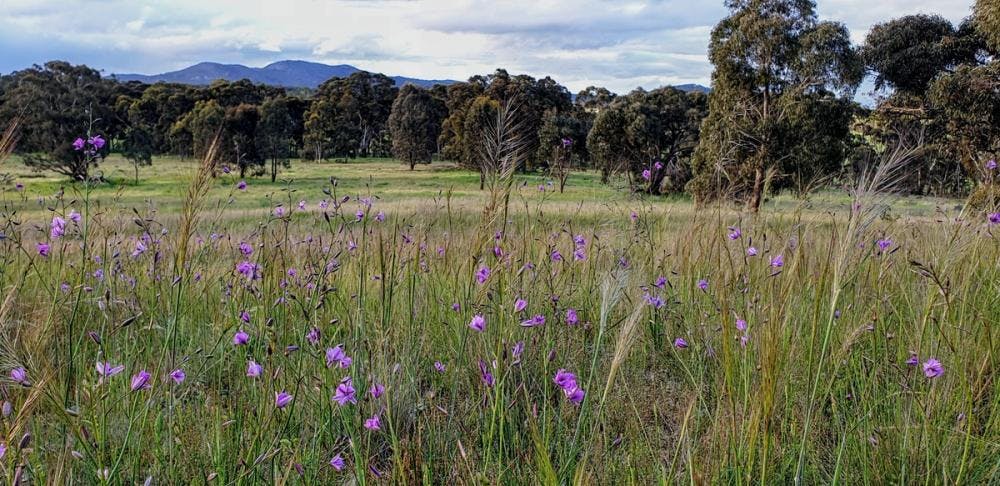20 November 2023
Our local Landcare groups have recently kicked off the next phase of landscape wide collaboration in the Upper Wimmera. Supported by a Victorian Landcare Grant, we are establishing a 'Biolink Team,' made up off members of all our Upper Wimmera Landcares, as well as our neighbours in Ararat and the Pyrenees. The team aims to improve collaboration between Landcare groups, which often have highly aligned values and run similar projects, but can sometimes feel a bit 'silo-ed' in their own local region.
Biolinks in particular have come up often as an area where our groups hope to see more collaboration between Landcares. 'Biolinks' refer to habitat corridors that are strategically created to link larger isolated patches of habitat to allow native animals to move freely (think of building bridges between islands - find out more here). To help our groups better coordinate, share learnings, and avoid reinventing wheels when running these biolink projects, our groups have agreed to form a team of representatives from each landcare who will regularly meet at collaborative workshops. During these workshops, we set unified missions/values, upskill and plan scientifically grounded and consistent methods for habitat creation projects.
The Biolink Team held its first get together last month at the Pomonal Community Hall. We had 14 folks, representing 5 Upper Wimmera Landcare groups ( from Northern Grampians, Halls Gap, Jallukar, Concongella, Black Range, and Crowlands/Warrak) and two of our neighbours (the Ararat Landcare Group in the Glenelg Hopkins Catchment to the south and the recently formed Mt Cole Nature Group in the North Central Catchment to the east). We went round the circle making introductions, and sharing what we are most passionate about. This information was all compiled on our whiteboard, so that we look for areas of overlap between each group's focus and goals.
Next we welcomed our invited guest, Felicity Christian from DEECA. She shared an overview of threatened flora and fauna in our region, and introduced to us a new tool she has been building for identifying which threatened species are of highest priority to protect in different regions. We are looking forward to seeing how this method develops, and how our Landcares may be able to use the resource to guide our projects.
Then we enjoyed lunch catered by the Great Western Cafe, before taking a very short drive down the road to the Jallukar Reserve. Here we had a walk around a site that has been a focus area of the Jallukar Reserve for over a decade. The site had considerable work done about 15 years ago to reduce salinity levels, by building mounds on which to plant trees. An area that was previously dead now has a lovely diversity of wildflowers in the spring. More recently, the Landcare has been experimenting with raking in additional native wildflower seeds to bolster the site's diversity. Despite the already dry and warm conditions, we still saw 8 native wildflowers in bloom, including blue pincushions, wahlenbergia, and common everlastings.
Finally, we wrapped up with a quick brainstorm on how we would like to proceed. Everyone in the group was keen to continue these get togethers, rotating the venue around, and pairing each get together with a visit to a site of significance to the local group. We are planning our next workshop to take place in late February or early March, where the team will work on our schedule of activities for 2024.
This initiative is part of a larger Victorian Landcare Grant held by Project Platypus, which focuses on improving collaboration between our landcares and engaging the community through citizen science. This grant is providing funding for venues, catering and school buses.

Elia Pirtle
Landcare Facilitator and Communications Officer

